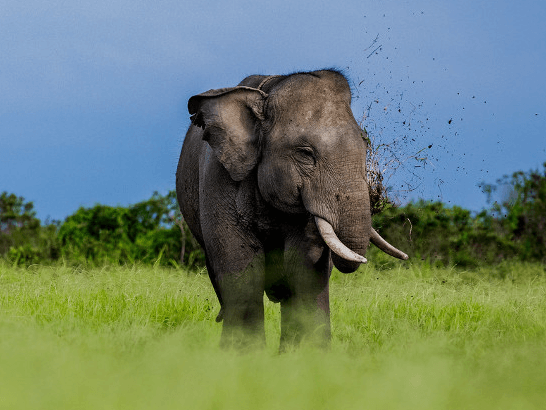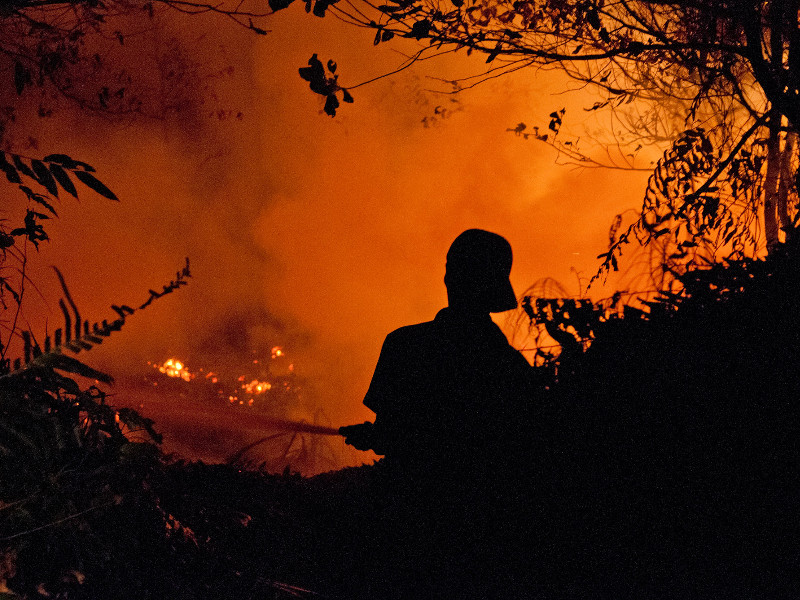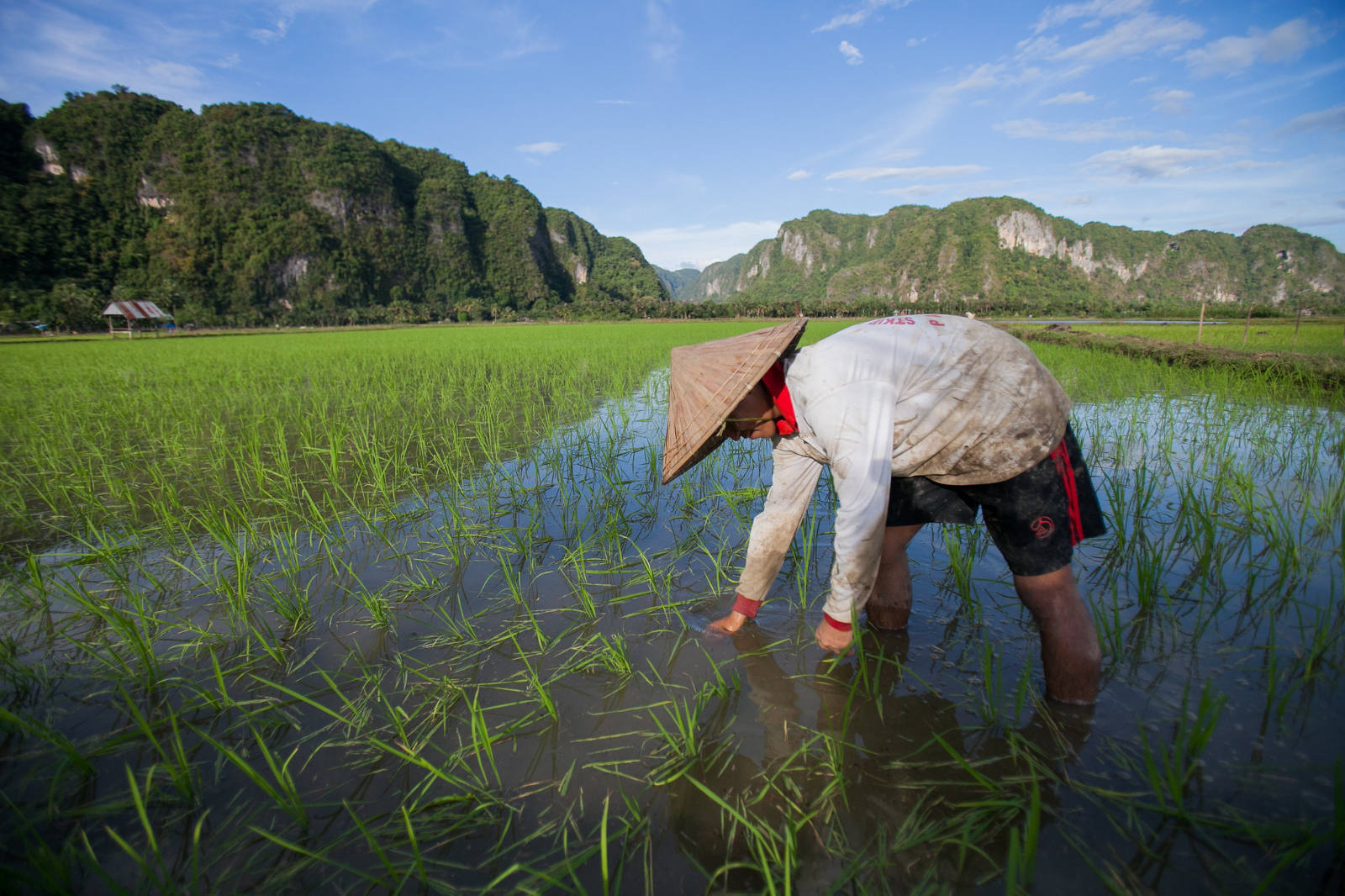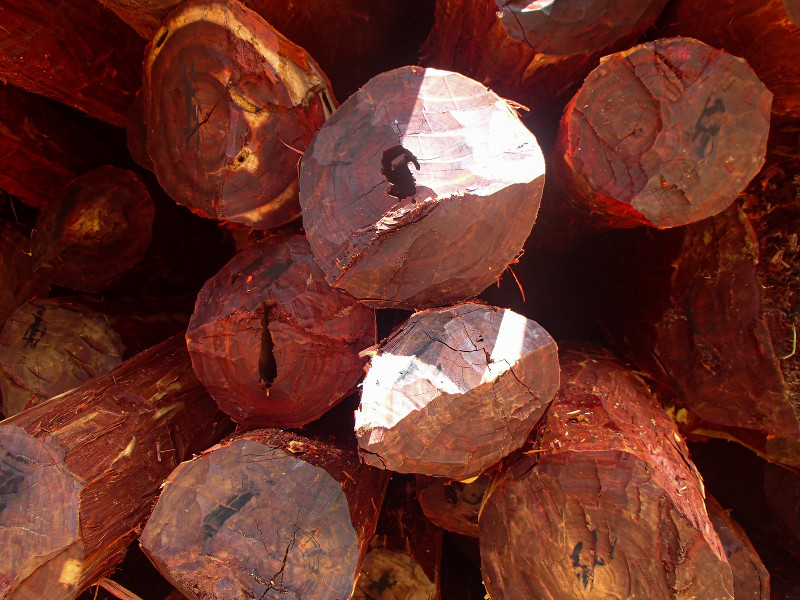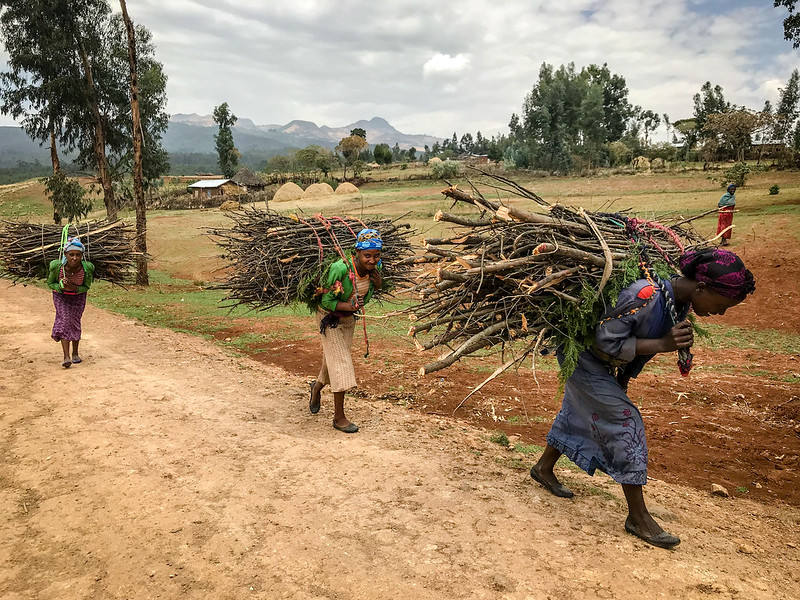Mangrove di wilyah Sumbawa, Nusa Tenggara Barat. Keberadaan ekosistem mangrove semakin dianggap penting bagi Pemerintah Indonesia. Bersama dengan ekosistem gambut, keduanya diklaim sebagai ekosistem yang mampu menyerap emisi karbon terbesar dibandingkan dengan hutan tropis lainnya. Dari data 2019, luas tutupan mangrove Indonesia 3,56 juta hektar, yang terdiri dari 2,37 juta hektar dalam kondisi baik dan 1,19 juta hektar yang rusak.
Photo by Donny Iqbal/CIFOR-ICRAF
cifor-icraf.org
forestsnews.cifor.org
If you use one of our photos, please credit it accordingly and let us know. You can reach us through our Flickr account or at: cifor-mediainfo@cgiar.org and m.edliadi@cgiar.org











